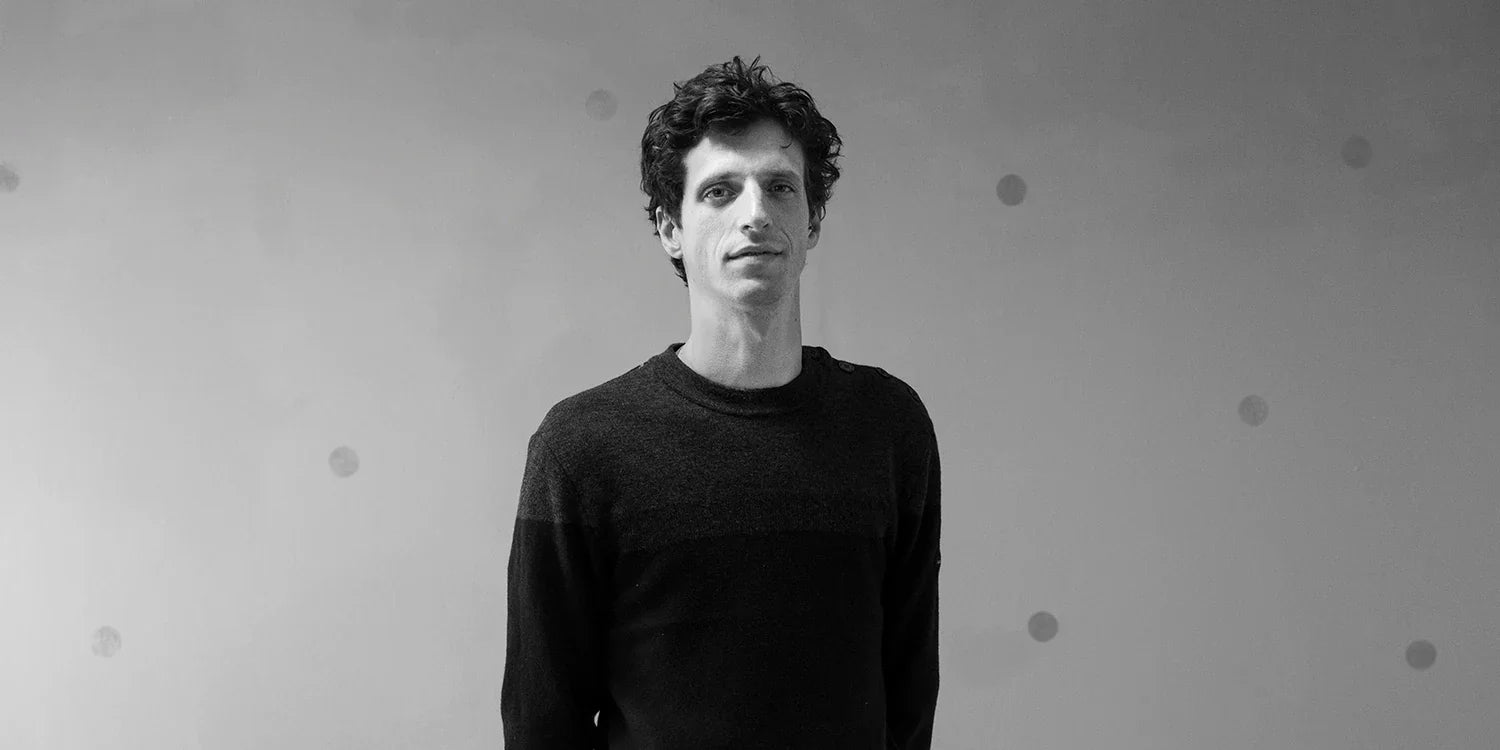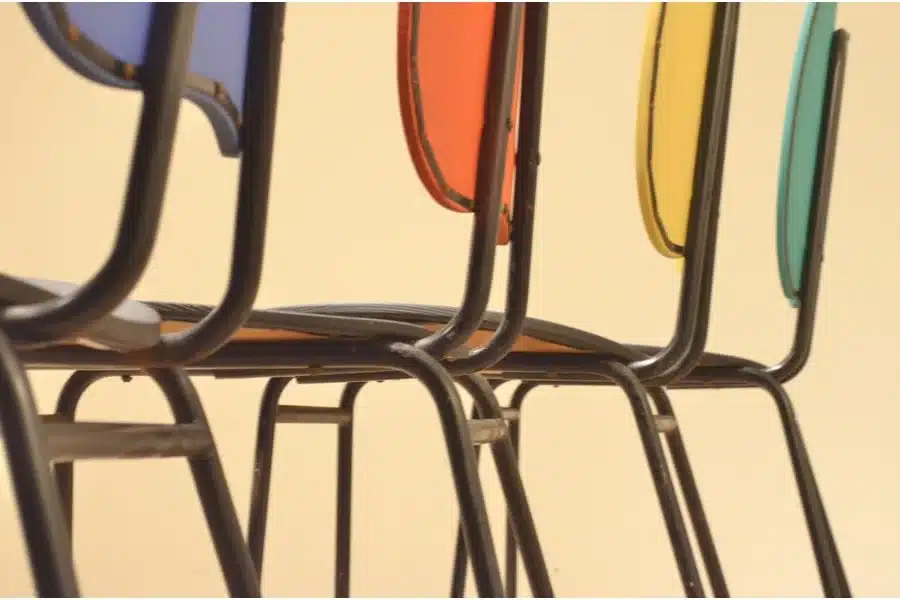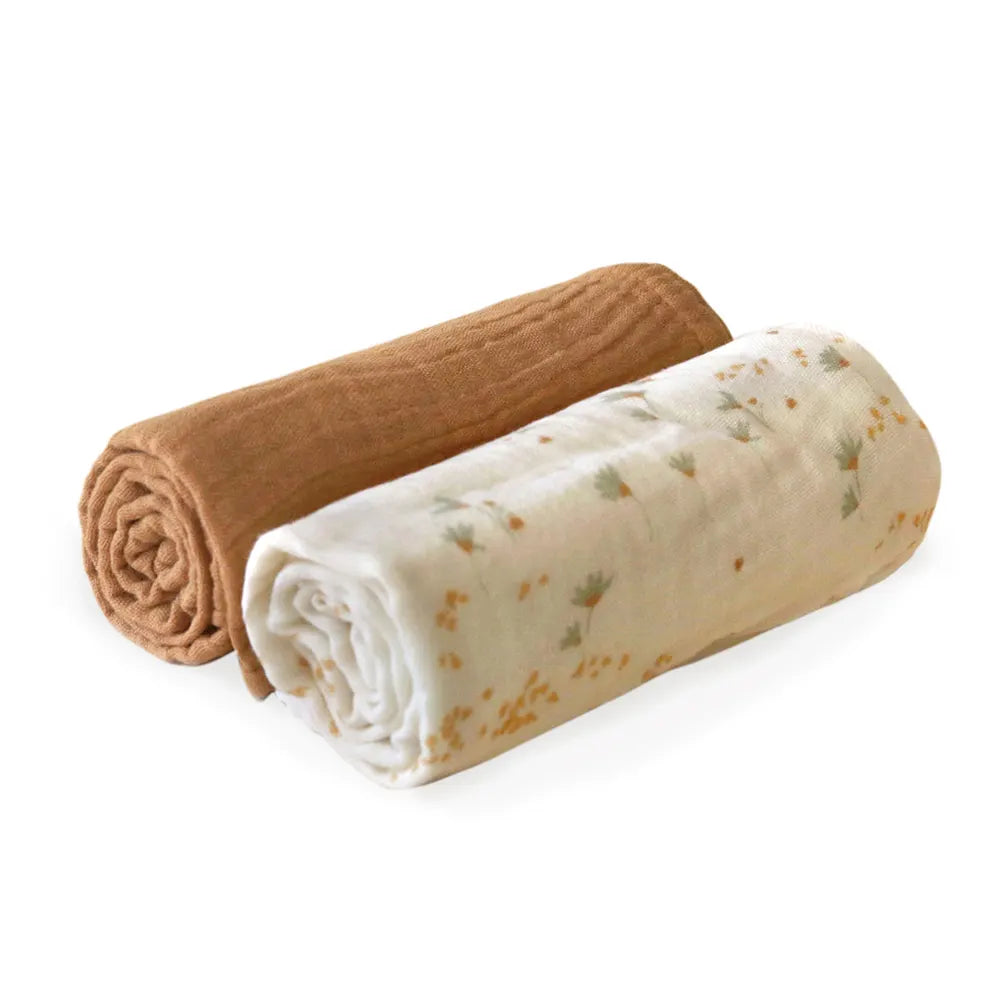A coffee with Gaspard Tiné-Berès, designer at Charlie Crane

For this first interview, we went to meet Gaspard Tine-Beres, a French designer who has been working for the brand for almost ten years. He told us about his creation process, the future of Charlie Crane and especially his ambition to offer responsible products, far from planned obsolescence. If you love design (or are just curious), make yourself comfortable for a coffee with Gaspard...
1 — Hello Gaspard! Could you briefly tell us about your background and how your path crossed that of Charlie Crane?
I have wanted to do design, and more specifically furniture, since childhood. Then, I went to art school in Reims and did a master's degree at the Royal College of Arts in London. I met Thomas Lepine by chance when I had just finished my Master's degree. For his part, he had already launched Charlie Crane with the LEVO (deckchair) and the NOGA (changing table). He was looking for a new designer to offer him models. We wanted to work together on a high chair project: the TIBU.
2 — How does your duo with Thomas work? What brings you closer together?
We work well (laughs). Inevitably, we've been working together for 10 years! And when I say together, I really mean together! We share an ambitious vision of the Charlie Crane brand and we are constantly thinking about what could be missing in the range. The nice thing is that it gives me a lot of freedom to draw, to create. Sometimes we have conflicts but they are always candid. The main thing is that the discussion remains open... In the end, we always arrive at products that we are both very proud of and that we really co-designed, from A to Z. But what brings us together above all is our deep desire to bring something new to the children's furniture market.
3 — What is your creative process (from the moment you imagine the product to when it comes to life)?
Often, I start with an idea that is “lying around” in my head. And I let it emerge, little by little, sharpening my eye until I arrive at a proposal that I present to Thomas. If he likes it too then we move on to step two: the design! It is a long process of going back and forth with factories and with prototypists that requires great tenacity. Then you have to pass the standards, which can sometimes be very complicated! In short, we work like ants to bring our ideas to life.
4 — Rather a fan of pencils or a fan of new technologies?
I really like drawing and sketching. For me, that's how ideas come about. After that, this is only a small part of the iceberg because on a daily basis, we work mainly with digital design and manufacturing software. Our partner factories have advanced equipment and new technologies allow us to achieve great precision. When designing a new product, I always have in mind the people and machines that are going to make them and I think about the best way to address them. In addition, I find that new technologies allow human-sized factories to produce very complex parts of constant quality. It is a very interesting new paradigm, and for them and for us, young publishing house!
5 — Charlie Crane furniture is very inspired by that of the fifties. Are there any designers or legendary pieces from this period that inspire your daily work?
Definitely! Thomas and I share a real passion for design and we are both fascinated by the beginning of industrial design. By this I mean the period of Eames, Perriand and Prouvé — whom I consider to be a genius! Our favorite is Jacques Hitier — a great designer who is unfortunately unknown.
For me, the Fifites were a bit of a golden generation for design: designers had fewer constraints than today and a real curiosity to discover new manufacturing methods.


6 — What do you think defines a design as “contemporary”?
More than aesthetics, it is the production methods and constraints that make a design contemporary. It is a piece that is not only pretty but also has an affordable price and above all that is made in an ecological way. Contemporary design must save money in terms of material used, packaging and transport.
Bringing a new product to the market today means having a responsibility: to think about its ecological footprint.
7 — Can you tell us what are the next pieces you are working on?
We are working on a lot of things at the same time! New beds, storage systems and even accessories. But what drives us especially today is to collaborate more closely with other design studios. We would like to have a real publishing house approach by approaching young talents whose work we love to further extend the Charlie Crane range.
8 — As a young dad, what do you think is the essential Charlie Crane product, the one to have on your birth list?
My kids obviously have all the products in the line and I loved watching them grow up with them! But I have a soft spot for the TIBU chair, the first product I designed for Charlie Crane. It is a chair that allows you to really be at the table with the child. It is safe and at the right height to spend a friendly time with the family. In addition, it is an evolutionary product that can be used for a long time, my 5-year-old daughter still uses it... and that's not about to change!
9 — If you had a superpower, what would it be?
I would make trees grow faster than they could be cut down.
10 — The object of the future that you would love to imagine?
In my wildest dreams I would like to invent packaging material that is really effective and completely carbon neutral.








